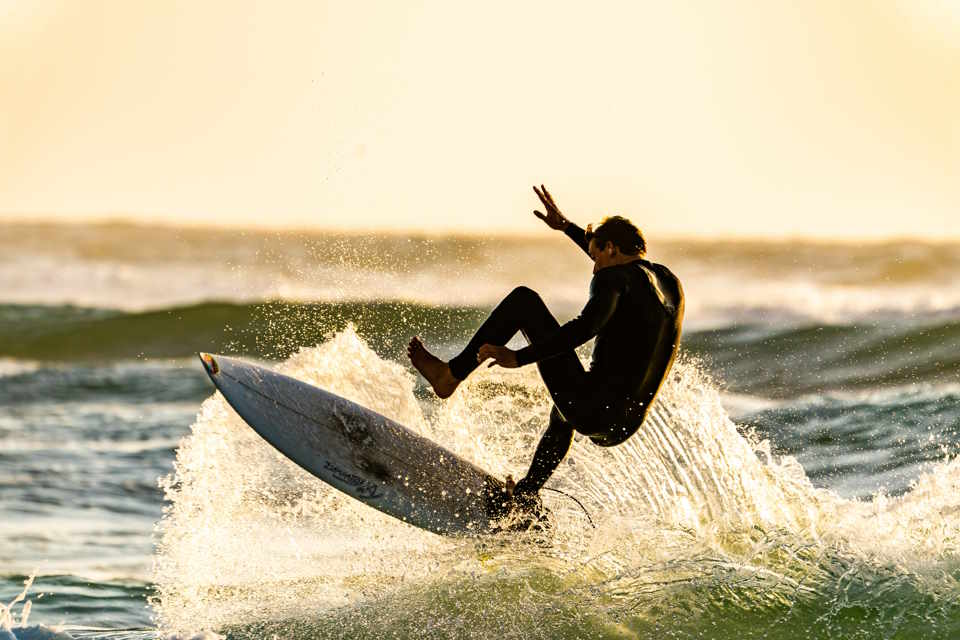Shield surfing is a thrilling and adventurous activity that has gained popularity among outdoor enthusiasts in recent years. In this blog post, we will explore the exciting world of shield surfing and provide you with all the information you need to get started. From the required equipment to choosing the right shield and finding suitable terrain, we will cover everything you need to know to master this exhilarating sport. We will also delve into the importance of proper foot placement and balance while shield surfing, as well as tips for executing turns and tricks like a pro. So grab your shield and get ready to ride the waves of excitement with this ultimate guide to shield surfing!Discover essential gear, shield selection tips, ideal terrains, foot positioning, and techniques for mastering turns and tricks in mountain biking.
Required Equipment

Shield surfing is a thrilling activity that requires some essential equipment to ensure both safety and enjoyment. One of the most important pieces of equipment needed for shield surfing is, of course, a shield. It is recommended to use a sturdy shield made of durable materials, such as metal or wood, to withstand the impact of the terrain.
Additionally, wearing the right protective gear is crucial when engaging in this extreme sport. This includes helmet to protect your head from injury, knee and elbow pads to prevent abrasions and bruises, gloves for a better grip on the shield, and appropriate footwear for stability and control.
Furthermore, carrying a first aid kit is essential in case of any injuries during shield surfing. It is always better to be prepared for any unforeseen circumstances that may arise while enjoying this adrenaline-pumping activity.
Lastly, having a spotter or a fellow surfer with you can add an extra layer of safety and support. They can help you navigate through difficult terrain, provide assistance in case of emergencies, and simply enjoy the adventure together.
Choosing the Right Shield

When it comes to shield surfing, one of the most important aspects to consider is choosing the right shield. The shield you use can greatly impact your performance on the slopes, so it’s crucial to select one that suits your needs and abilities.
First and foremost, you’ll want to consider the size and shape of the shield. Smaller shields are typically easier to maneuver and control, making them a great option for beginners or those looking to improve their skills. On the other hand, larger shields offer more stability and speed, making them well-suited for more experienced surfers.
Additionally, the material of the shield can also play a significant role in your surfing experience. Wooden shields are durable and provide a smooth ride, while metal shields are lightweight and offer greater speed. Ultimately, the best shield for you will depend on your personal preferences and riding style.
Lastly, don’t forget to consider the design of the shield. Some shields feature special enhancements such as grip tape or traction pads, which can improve your control and stability on the slopes. Others come in a variety of colors and patterns, allowing you to express your personal style while surfing.
Finding Suitable Terrain

When it comes to shield surfing, one of the most important factors to consider is finding suitable terrain. The terrain you choose will greatly affect your performance and overall experience while shield surfing.
It is essential to look for terrain that is relatively smooth and free of obstacles. Uneven terrain or debris can easily cause you to lose control of your shield and potentially lead to accidents. Look for open areas with gentle slopes where you can gain momentum and practice your skills safely.
Additionally, consider the weather conditions when choosing terrain for shield surfing. Wet or icy surfaces can make it more difficult to control your shield and may increase the risk of accidents. Opt for dry, stable ground to ensure a smoother and safer ride.
Remember, the key to successful shield surfing is to practice on terrain that is suitable for your skill level. Start on easy, beginner-friendly terrain and gradually progress to more challenging surfaces as you become more confident in your abilities. By choosing the right terrain, you can enhance your shield surfing experience and enjoy the thrill of this exhilarating sport to the fullest.
Foot Placement and Balance

Foot placement and balance are crucial aspects of shield surfing that can greatly impact your performance and overall experience. Proper foot placement on the shield is essential for maintaining stability and control as you navigate various terrains. Placing your feet closer together towards the center of the shield can help you maintain balance, while spreading them apart towards the edges can offer more stability during turns and tricks.
Additionally, maintaining balance while shield surfing is key to preventing falls and injuries. Keeping your weight centered and distributing it evenly between your feet can help you stay upright and in control. It’s important to stay mindful of your body position and adjust accordingly to maintain stability as you pick up speed or tackle challenging terrain.
Practice is essential when it comes to improving your foot placement and balance skills in shield surfing. Experimenting with different foot positions and practicing maneuvers can help you find what works best for you. Remember to stay focused, stay relaxed, and stay confident in your abilities as you work towards mastering foot placement and balance on the shield.
By paying attention to your foot placement and balance while shield surfing, you can enhance your performance, reduce the risk of accidents, and ultimately have more fun on the slopes. So remember to practice, stay mindful, and enjoy the thrill of shield surfing with confidence and skill.
Executing Turns and Tricks
When it comes to mastering the art of shield surfing, one of the most crucial components is the ability to execute precise turns and impressive tricks. Whether you are navigating a treacherous slope or showing off your skills to friends, understanding how to properly execute turns and tricks is essential for success.
One key to executing turns and tricks on your shield is maintaining proper foot placement and balance. By positioning your feet correctly on the shield and keeping your center of gravity in the right spot, you can ensure stability and control as you navigate challenging terrain.
Another important factor to consider when performing turns and tricks is choosing the right terrain. Look for slopes with a good amount of incline and a smooth surface to maximize your speed and control. Avoid areas with obstacles or rough terrain that could impede your progress.
Lastly, practice makes perfect when it comes to mastering turns and tricks on your shield. Take the time to hone your skills, experiment with different techniques, and push yourself to try new moves. With dedication and perseverance, you can become a master of shield surfing and impress everyone with your turns and tricks.




